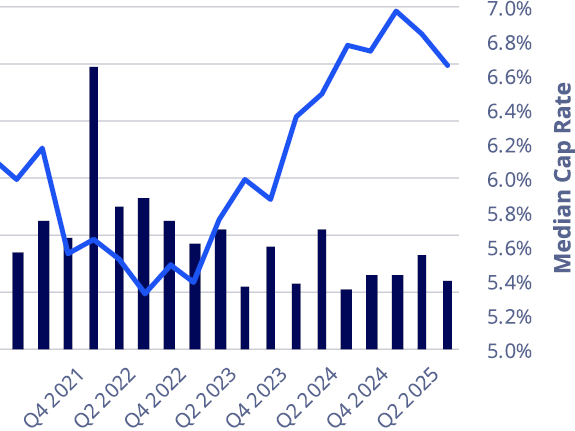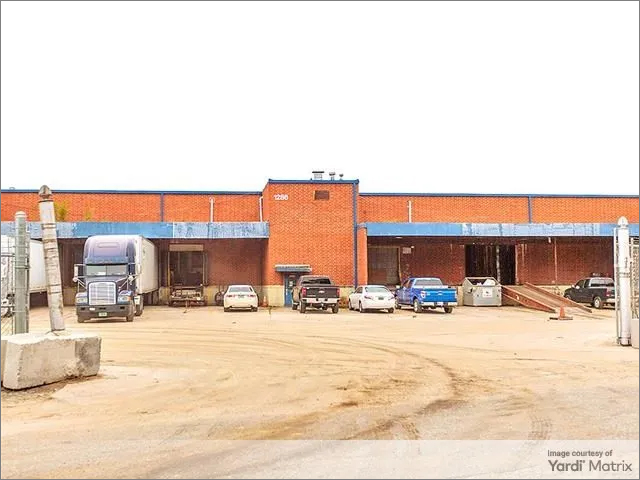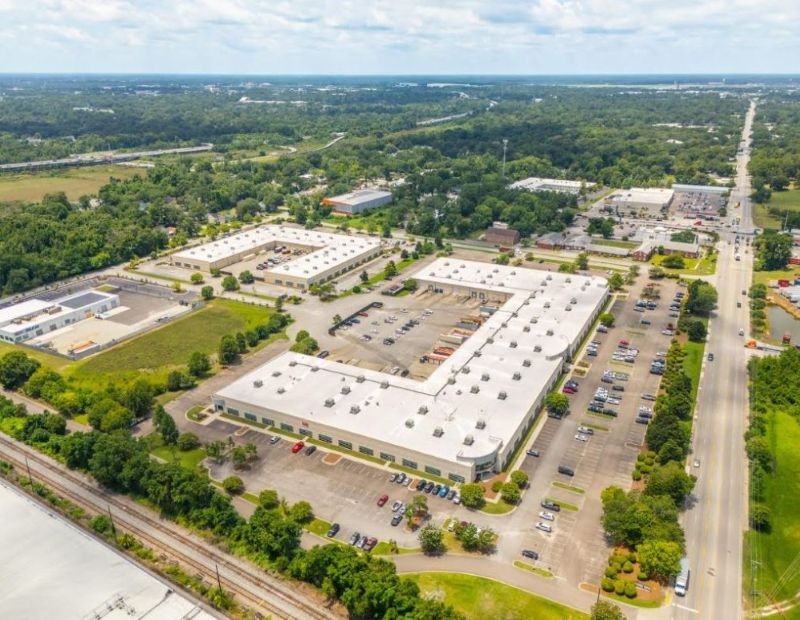The News: Long, Hard Year Heading This Way
Before catching a break in 2010, the industrial sector will face a long, hard slog, according to a study released last week from RREEF America L.L.C., Deutsche Bank AG’s alternative investment management affiliate.By the end of 2009, industrial investors, owners and brokers may feel like the market has nowhere to go but up. The majority…
Before catching a break in 2010, the industrial sector will face a long, hard slog, according to a study released last week from RREEF America L.L.C., Deutsche Bank AG’s alternative investment management affiliate.By the end of 2009, industrial investors, owners and brokers may feel like the market has nowhere to go but up. The majority of industrial markets will stay in contraction or post-peak mode next year, the report indicated. Exceptions include Boston, San Diego and Portland, Ore., which are poised to get an early start on other major industrial markets and start recovery in 2009.Negative absorption will reach 24 million square feet next year. To beleaguered owners, it may be little consolation that such a performance would represent an improvement over 2008, during which tenants will have returned an estimated 66 million square feet to the market. The outlook is no better for rents, which are expected to slip in most markets in 2009, or for vacancy, which will edge up 60 basis points nationwide to 11.8 percent. Low-vacancy markets will include Los Angeles at 6.7 percent and Houston at 8.1 percent. On the other end of the spectrum, vacancy is expected to reach at least 15 percent in Baltimore, Boston, Columbus and Southern California’s Inland Empire next year, RREEF concluded.The report cited Florida, Phoenix, the Inland Empire and Orange County, Calif., as prime examples of markets that will lose whatever rent gains they have racked up during the past several years of rapid growth. But deteriorating fundamentals could also prove an investor’s gain. Opportunities to buy industrial assets at good values will expand within space-constrained markets like Florida and California.One bright spot will be multi-tenant assets in major markets in which high construction costs and a shortage of land form barriers to entry. Large-bay warehouses are probably in for the toughest year of any industrial category: Receding demand will keep a lid on pricing and will drag out recovery after other types of industrial assets are already getting back on track. Smaller properties will meanwhile escape with more modest rent declines.Things will finally look up in 2010. Of the 28 markets tracked by RREEF, 16 will be in recovery mode in 2009 and 12 will register growth. Vacancy will drop from 11.8 percent to 11 percent. Positive absorption will return, too, as tenants take a net 159 million square feet nationwide, and those trends will push rents up. Glancing ahead to 2011, the report estimated that net absorption will increase to 215 million square feet as vacancy falls to 10.2 percent.






